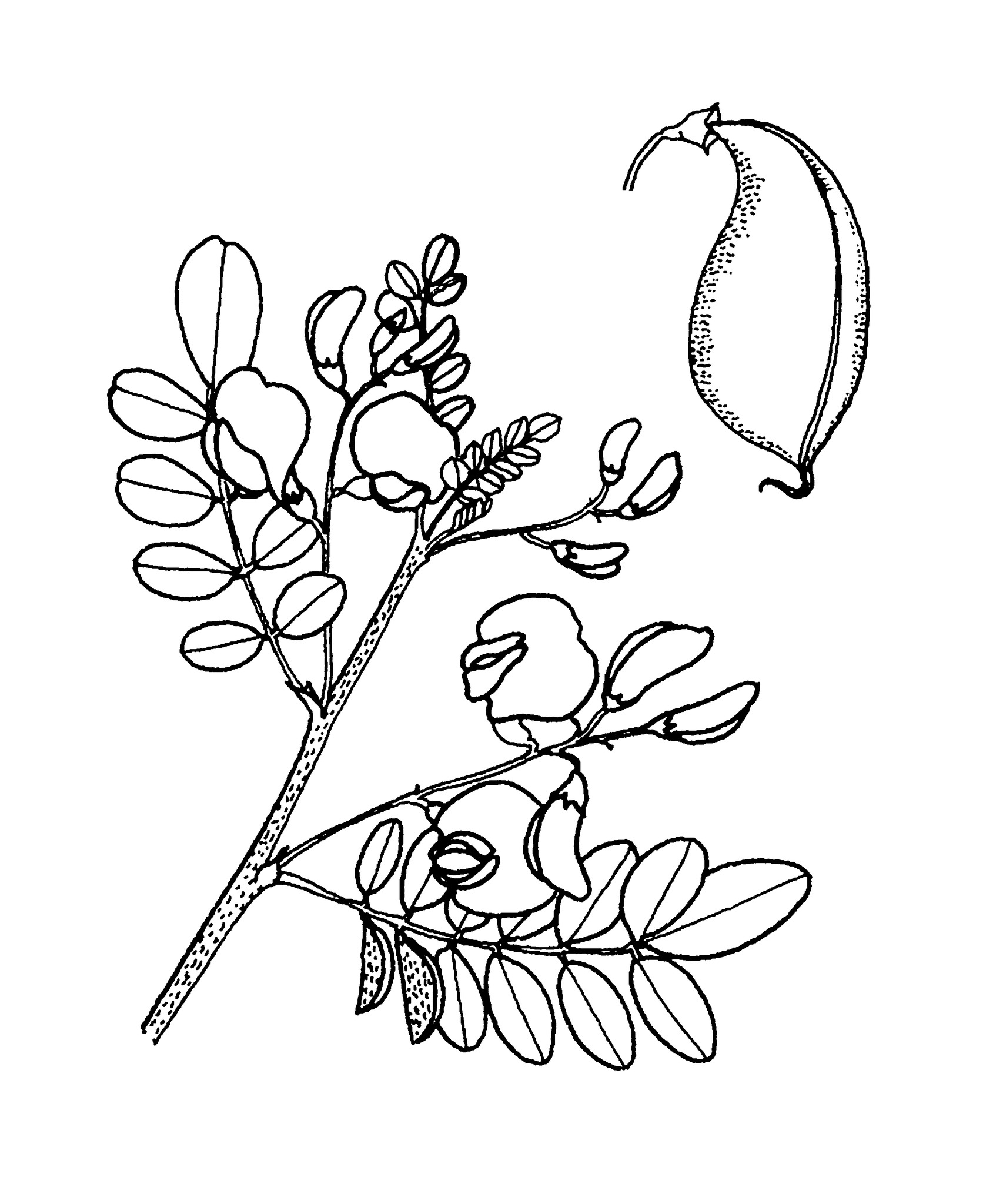
A name used by the ancient Greek botanist Theophrastus for a tree that grew on Lipari Island.
Deciduous shrubs or small trees. Leaves alternate, odd-pinnate, with mostly 2-7 pairs of leaflets, or occasionally with only 3 leaflets. Leaflets entire, opposite, ovate to roundish, mostly hairy below. Flowers in clusters, each to about 2.5 cm long. Stamens 10, 9 fused,1 free. Fruit balloon-like, translucent.
Grown for the flowers, foliage and unusual inflated fruit pods.
28 species from China, the Himalaya, E and NE Africa and the Mediterranean.
Seed and semi-hardwood cuttings.
Used as a binding plant for erosion control and land reclamation.
Inflated balloon-like fruits.
Browicz (1963).
Source: (2002). Fabaceae. In: . Horticultural Flora of South-eastern Australia. Volume 3. Flowering plants. Dicotyledons. Part 2. The identification of garden and cultivated plants. University of New South Wales Press.
